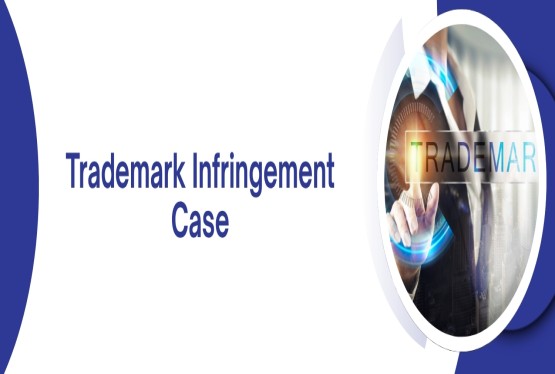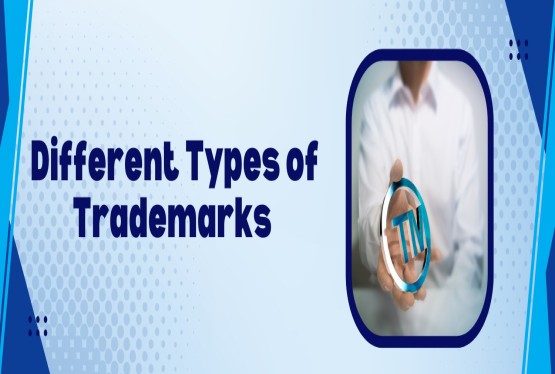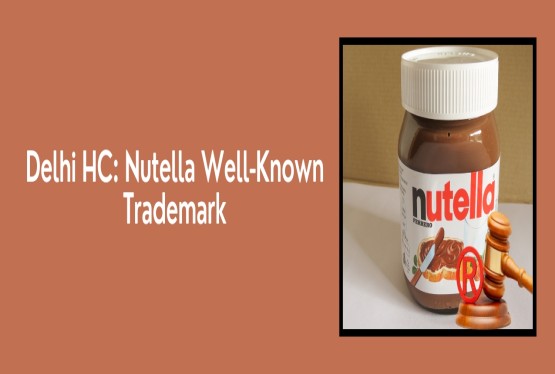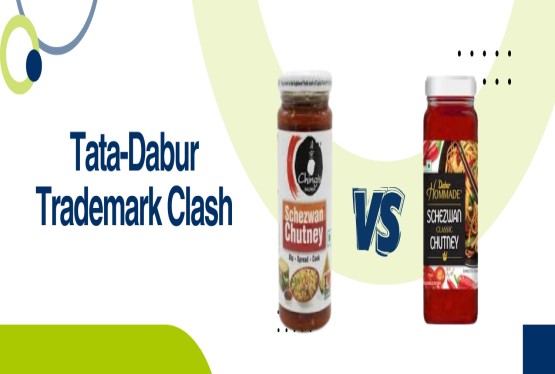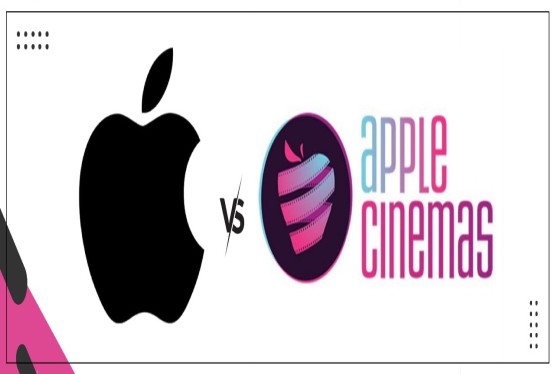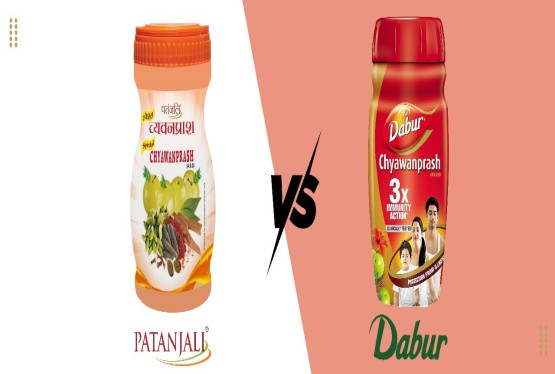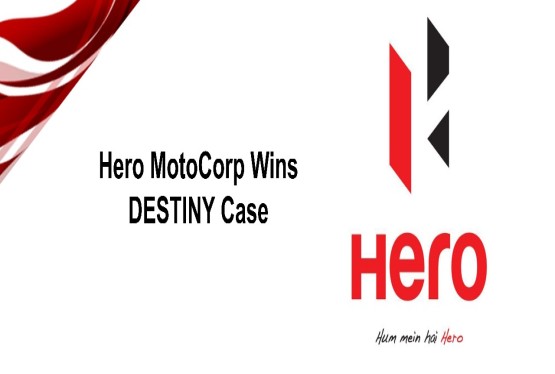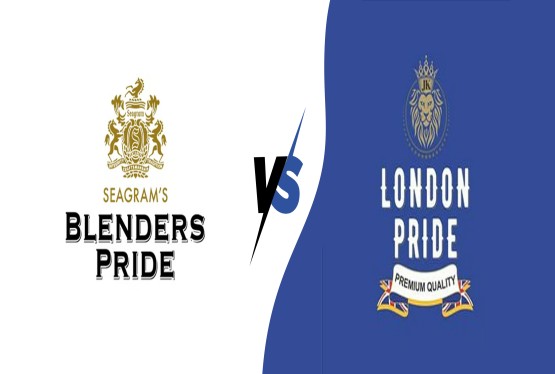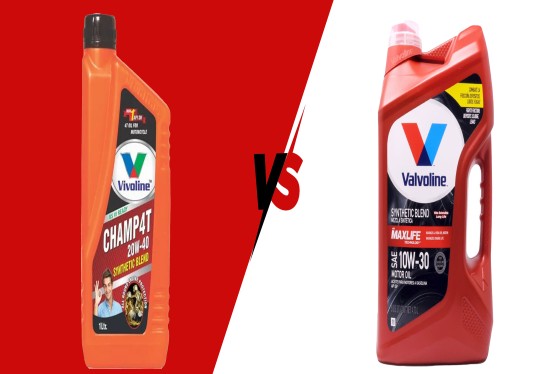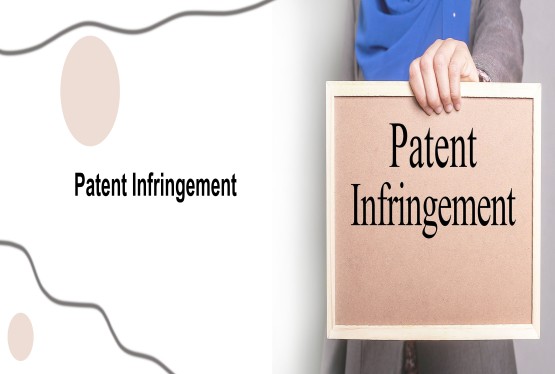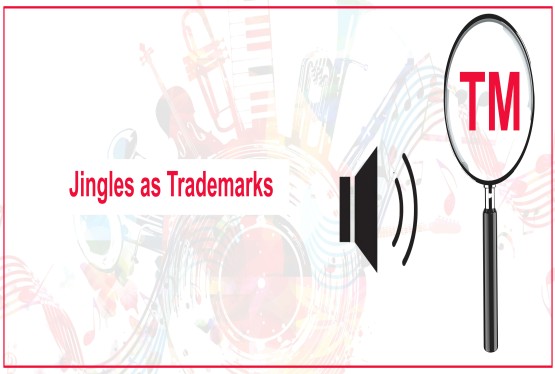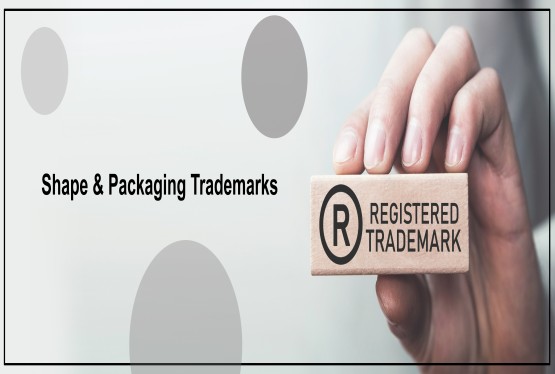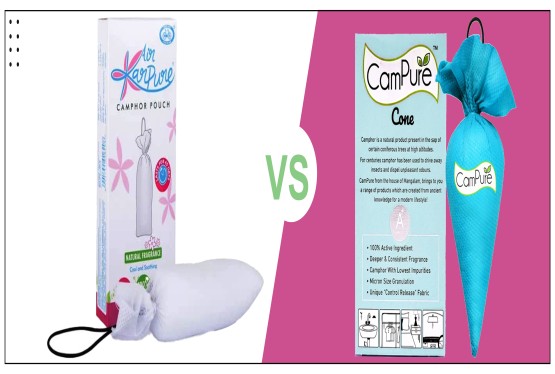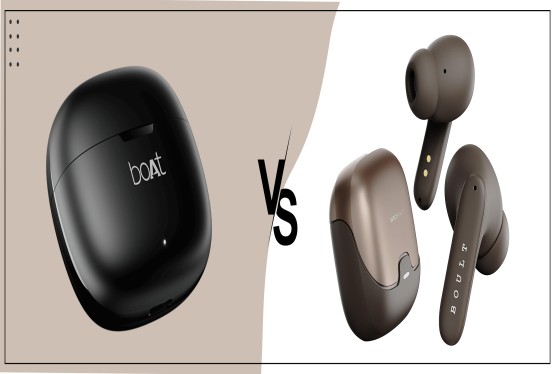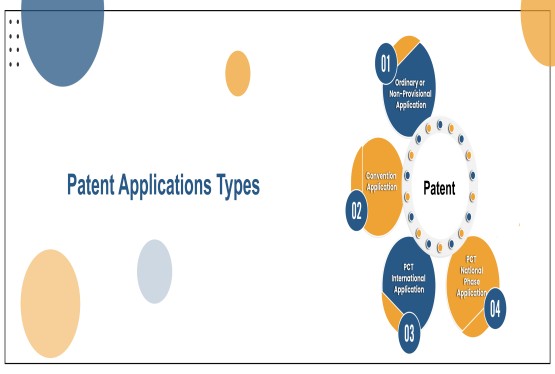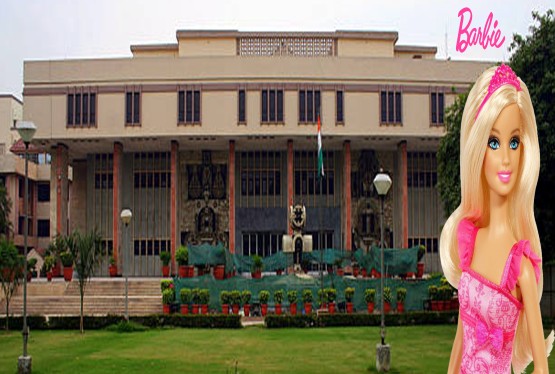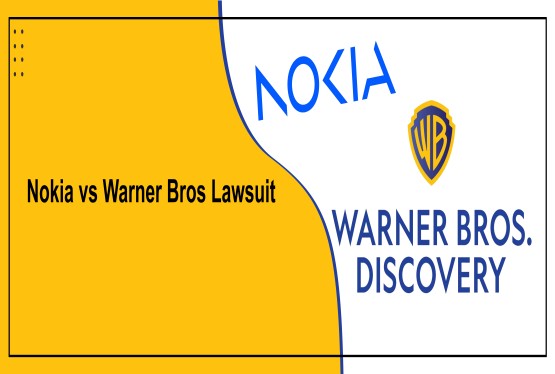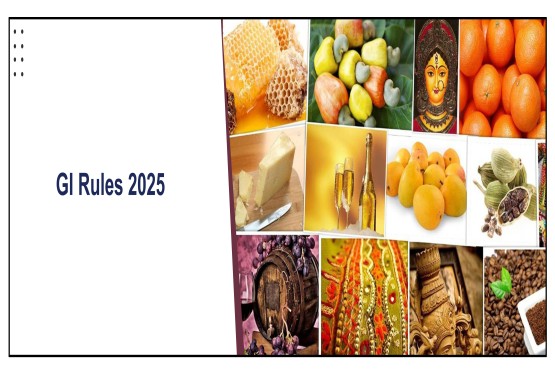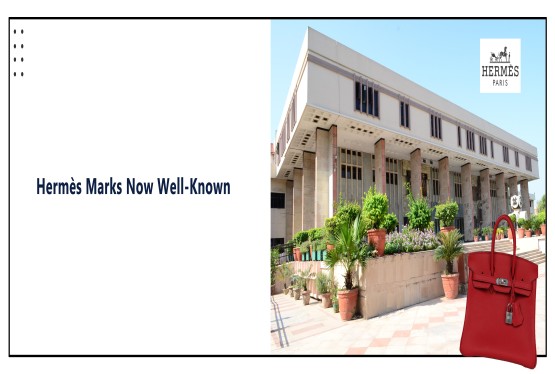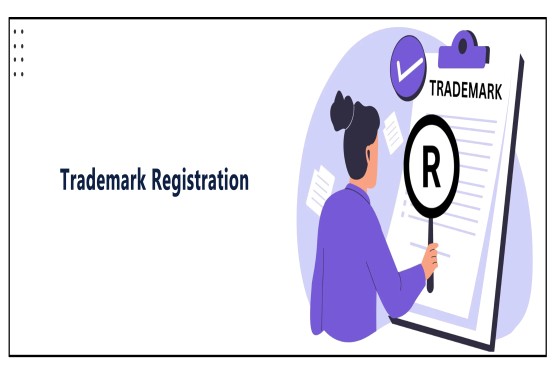Trade dress refers to the visual appearance of a product or it’s packaging that signifies the source of the product to consumers this can include elements like colour schemes, shapes, textures, designs, and overall look and feel. In India, trade dress is protected under the Trade Marks Act, 1999, particularly under the broader definition of a “mark” and the concept of “trade mark” under Section 2. Though the term "trade dress" is not explicitly used in the Act, Indian courts drawing influence from U.S. jurisprudence have increasingly recognized and enforced trade dress rights.
The scope of protection includes packaging of goods (e.g., the shape of a bottle), design elements of products, store layouts, and even combinations of colours and patterns provided these elements are distinctive and have acquired secondary meaning (i.e., are uniquely associated with the brand in the minds of consumers). To qualify for protection, trade dress must not be functional and must be capable of distinguishing the goods or services of one entity from those of another.
Infringement of trade dress occurs when a competing product uses a confusingly similar appearance, causing consumer deception or dilution of brand identity. Indian courts assess infringement by considering visual similarity, intention to deceive, and overall consumer perception. Remedies for trade dress infringement may include injunctions, damages, delivery up of infringing goods, and account of profits.
Thus, trade dress protection in India has emerged as a vital aspect of brand identity enforcement, particularly in highly competitive markets such as FMCG, cosmetics, and fashion, where visual appeal directly influences consumer choice.
What is Trade Dress?
While Indian law (Trade Marks Act, 1999) does not explicitly define "trade dress," it is interpreted under the broad definition of a “mark” in Section 2(1)(m) and “trademark” in Section 2(1)(zb), which includes the shape of goods, packaging, and combination of colours.
General Legal Definition (commonly cited):
“Trade dress refers to the total image and overall appearance of a product, including features such as size, shape, colour or colour combinations, texture, graphics, and even certain sales techniques.”
In Indian Context:
Indian courts recognize trade dress under passing off actions or trademark infringement when the overall look and feel of a product or packaging is copied in a way that misleads consumers. Notable Indian case laws include Colgate Palmolive v. Anchor Health & Beauty Care and Gorbatschow Wodka v. John Distilleries.
Key Elements of Trade dress:
-
Visual Appearance: Includes design, shape, color, layout, and packaging.
-
Source Identifier: Must help consumers associate the look with a particular brand.
-
Distinctiveness: It should be either inherently distinctive or have acquired distinctiveness (secondary meaning).
-
Non-functional: The elements must not be essential to the product's use or purpose.
Legal Framework Governing Trade Dress
Trade dress protection in India is not governed by a separate statute but is covered under the Trade Marks Act, 1999, along with principles of common law through passing off. Below is the structured legal framework:
Trade Marks Act, 1999
Although the term "trade dress" is not expressly used in the Act, it is protected under the broader definitions and provisions:
Section 2(1)(m) – Definition of "Mark":
Includes a device, brand, heading, label, ticket, name, signature, word, letter, numeral, shape of goods, packaging or combination of colours or any combination thereof.
This section lays the groundwork for recognizing visual elements like shape and packaging as protectable marks.
Section 2(1)(zb) – Definition of "Trade Mark":
A trademark includes the shape of goods, their packaging, and combination of colours, capable of distinguishing goods or services of one person from those of others.
This encompasses trade dress elements that signify source identity.
Section 9 – Absolute Grounds for Refusal of Registration:
A mark (including trade dress) must be distinctive and not purely functional or deceptive. It also should not be customary in current language or trade practices.
Section 11 – Relative Grounds for Refusal:
Prohibits registration if the trade dress is identical or similar to an earlier trademark and may cause confusion or deception.
Section 29 – Infringement of Registered Trademark:
Protects registered trade dress against unauthorized use that causes confusion about the origin of goods or services.
Common Law – Passing Off
Even if not registered, trade dress can be protected under passing off, a tort under common law. The plaintiff must prove:
-
Goodwill in the trade dress.
-
Misrepresentation by the defendant likely to deceive consumers.
-
Damage to the brand's reputation or sales due to misrepresentation.
Indian courts have used this doctrine extensively to protect unregistered trade dress.
Judicial Recognition of Trade Dress in India
Some key cases are as follows:
-
Colgate Palmolive Co. v. Anchor Health & Beauty Care (2003)
The court held that the overall get-up and colour scheme of toothpaste packaging can amount to trade dress.
-
Gorbatschow Wodka v. John Distilleries (2011)
Recognized protection of bottle shape and packaging as trade dress.
-
Cadbury India Limited v. Neeraj Food Products (2007)
Acknowledged that similar colour combinations and packaging can mislead consumers.
|
Legal Basis |
Provision/Principle |
Covers |
|
Trade Marks Act, 1999 |
Sec. 2(1)(m), 2(1) (zb) |
Shape, packaging, Colour and combinations |
|
|
Sec. 9 & 11 |
Refusal on grounds of descriptiveness or similarity |
|
|
Sec. 29 |
Infringement of registered trade dress |
|
Common Law |
Passing Off |
Protection for unregistered trade dress |
|
Judicial Interpretation |
Colgate, Gorbatschow, Cadbury cases |
Affirmed trade dress protection under Indian Law |
Essentials of Trade Dress Infringement
Trade dress infringement occurs when the overall appearance of one product is so similar to another that it causes confusion among consumers regarding the origin of the goods. To establish trade dress infringement, the following elements must be proven:
-
Ownership of valid trade dress rights: The plaintiff must demonstrate that the trade dress is either inherently distinctive or has acquired secondary meaning through extensive use.
-
Likelihood of Confusion: the plaintiff must prove that consumers are likely to be confused about the source of the infringing product. Factors include the similarly in design, market proximity and evidence of actual confusion.
-
Non-Functionality: The trade dress should not be primarily functional. For example, the shape of a wrench designed to improve grip cannot be protected as trade dress.
Case Law: Two Pesos, Inc. v. Taco Cabana, Inc., 505 U.S. 763 (1992) – U.S. Supreme Court
-
Held: Inherently distinctive trade dress is protectable without proof of secondary meaning.
-
Importance: Established that trade dress, like trademarks, can be protected even without registration, as long as it is distinctive and non-functional.
Notable Indian Case Laws on Trade Dress
Cadbury India Limited vs Neeraj Food product 2007
Facts:
-
Cadbury India Ltd., the plaintiff, is the manufacturer of the well-known chocolate Eclairs, with distinctive purple and gold packaging and a twist wrap design.
-
Neeraj Food Products, the defendant, launched a similar product called "Jelly Eclairs" with strikingly similar packaging, including similar color combinations and wrapping style.
-
Cadbury claimed passing off by Neeraj, alleging that the latter's packaging would likely cause confusion or deception among consumers, associating Neeraj’s product with Cadbury.
Ruling:
-
The Delhi High Court held in favor of Cadbury, granting an injunction against Neeraj Food Products.
-
The court observed that: The overall get-up, color scheme, and packaging of Neeraj’s product was deceptively similar to Cadbury’s, the similarity was likely to mislead consumers and amounted to passing off. And Trade dress, even without registration, enjoys protection if it has acquired distinctiveness.
Significance:
-
Reinforced that trade dress (including color scheme, packaging, and layout) is protectable under passing off law.
-
Highlighted that intentional imitation of packaging to ride on another brand's goodwill constitutes unfair competition.
-
Cemented the principle that visual identity, even without a registered trademark, can be legally protected if it has gained consumer recognition.
Dabur India Limited vs Emami Ltd. 2004
Facts:
-
Dabur India Ltd., the plaintiff, marketed a product called “Lal Tail”, an Ayurvedic baby massage oil with a distinctive red-colored packaging and label.
-
Emami Ltd., the defendant, launched a similar baby massage oil using a similar red packaging, and Dabur alleged that Emami was trying to pass off its product as that of Dabur.
-
Dabur claimed its packaging and presentation had acquired distinctiveness and consumer association, constituting protectable trade dress.
Ruling:
-
The Delhi High Court refused to grant an interim injunction against Emami.
-
Key observations:
-
Red colour, by itself, was common in Ayurvedic products and could not be monopolized.
-
The court held that the overall get-up and packaging were not deceptively similar enough to mislead consumers.
-
There was no strong evidence of consumer confusion or Emami copying Dabur’s entire trade dress.
-
Significance:
-
Clarified that common or generic elements (like color red in Ayurvedic products) cannot be protected as trade dress unless they have acquired secondary meaning.
-
Reinforced the principle that for a successful passing off claim, the overall impression created by the product must be deceptively similar to the original.
-
Demonstrated the importance of proving actual consumer confusion or deliberate imitation in trade dress cases.
T. V. Venugopal vs Ushodaya Enterprise Ltd. 2011
Facts:
-
Ushodaya Enterprises Ltd., the respondent, was the publisher of the popular Telugu newspaper "Eenadu" and had used the “Eenadu” trademark extensively since 1974.
-
V. Venugopal, the appellant, started marketing products like pickles, flour, and other food items under the same mark “Eenadu” much later.
-
Ushodaya claimed this use amounted to passing off and sought to restrain Venugopal from using the mark “Eenadu” on unrelated goods.
-
Venugopal argued that “Eenadu” is a generic word in Telugu meaning “today” and that he used it in a different trade category (goods vs. publication).
Ruling:
-
The Supreme Court ruled in Favor of Ushodaya Enterprises, upholding the injunction against Venugopal.
-
Key findings:
-
“Eenadu” had acquired distinctiveness and a strong secondary meaning due to continuous and extensive use in connection with the newspaper.
-
Even though the goods were dissimilar (newspapers vs. food items), the use of the same mark could lead to consumer confusion and dilution of brand identity.
-
The court emphasized that well-known marks enjoy broader protection under common law principles of passing off.
-
Significance:
-
Landmark judgment on protection of well-known marks in India.
-
Affirmed that passing off can apply even across non-competing goods if the original mark is well-known and has built a reputation.
-
Strengthened the legal concept of trans-border reputation and brand dilution.
-
Set precedent for extending trademark protection beyond traditional class boundaries, especially for famous marks.
Global Perspective on Trade Dress
Trade dress refers to the overall visual appearance of a product or its packaging that signifies the source of the product to consumers. It includes features such as shape, colour, design, texture, and even store layouts. Globally, the legal recognition and protection of trade dress vary, but common elements include the requirement of distinctiveness, non- functionality, and the potential to cause consumer confusion.
International Legal Framework
Trade dress is not uniformly defined across international law, but it finds indirect recognition through treaties like the TRIPS Agreement and the Paris Convention. The TRIPS Agreement, particularly Article 15, allows for the protection of any signs (including trade dress) capable of distinguishing goods or services. Similarly, the Paris Convention deals with unfair competition, under which trade dress infringement can be challenged when it leads to misrepresentation or confusion in the marketplace.
United States
The United States offers one of the most developed legal frameworks for trade dress protection, primarily governed by the Lanham Act (Section 43(a)). Trade dress in the U.S. can include product packaging, configuration, or even design elements, provided they are non-functional and distinctive. A landmark ruling in Two Pesos v. Taco Cabana (1992) held that inherently distinctive trade dress is protectable even without proof of secondary meaning. In contrast, Wal-Mart v. Samara Brothers (2000) clarified that product design must have acquired secondary meaning to qualify for protection. The U.S. system offers both registered and unregistered protection, with a strong emphasis on consumer confusion.
India
In India, trade dress is protected under the broader umbrella of trademark and passing off laws, primarily through the Trade Marks Act, 1999 and common law principles. Although the term "trade dress" is not expressly defined in the legislation, Indian courts have recognized it through case law. For example, in Cadbury India Ltd. v. Neeraj Food Products (2007), the Delhi High Court granted relief for the imitation of Cadbury’s distinctive packaging. Another significant judgment, T.V. Venugopal v. Ushodaya Enterprises (2011), protected the reputation of a well-known mark “Eenadu” even in dissimilar goods. India requires that the trade dress be distinctive, non-functional, and capable of being associated with a specific source by the public.
European Union
The European Union provides protection for trade dress under the EU Trade Mark Regulation (EUTMR). Trade dress elements like shape, packaging, and colour combinations can be registered if they are capable of distinguishing the goods or services and are non-functional. The KitKat case (Nestlé v. Cadbury) highlighted the EU’s high threshold for proving distinctiveness. The court ruled that KitKat’s shape had not acquired sufficient distinctiveness, even though it was widely recognized. The EU's focus is on whether the public associates the trade dress with a single source, and it applies rigorous standards in evaluating shape-based trademarks.
Issues in Global Trade Dress Protection
Functionality
Most countries disallow protection for functional features under trade dress law. A feature is considered functional if it is essential to the product’s use or affects cost or quality. This rule prevents businesses from gaining perpetual monopoly rights over useful product features.
Distinctiveness
To qualify for protection, trade dress must be distinctive. Some jurisdictions recognize inherent distinctiveness (especially for packaging), while others require secondary meaning, particularly for product design.
Consumer confusion and Brand Dilution:
The likelihood of consumer confusion is a central test in trade dress infringement worldwide. In the case of well- known marks. Courts in many jurisdictions also consider brand dilution or unfair advantage taken by the infringer, even across dissimilar goods.
Challenges in Trade Dress Infringement
-
Proving Non- Functionality: Trade dress that has utilitarian aspects is often difficult to protect.
-
Secondary Meaning: Acquiring distinctiveness through secondary meaning often requires significant investment in marketing and time.
-
Balancing competition and protection: Courts must strike a balance between protecting trade dress and allowing healthy market competition.
Remedies for Trade Dress Infringement
The Trade marks Act, 1999, provides both civil and criminal remedies for trade dress infringement:
Civil Remedies
Civil remedies are the most commonly used and effective means to protect trade dress rights. These are granted by Civil Courts or Commercial Courts upon proving infringement or passing off.
Injunction (Temporary or Permanent)
An Injunction is a judicial order restraining the infringer from continuing the unlawful use of the trade dress. Temporary/Interim Injunction granted the pendency of a case to prevent further damage and in permanent Injunction granted after a full trial to permanently prohibit the infringing activity.
Damages or Accounts of Profit
The rights holder may claim either:
Damages for the loss suffered due to the infringement, or accounts of profit – a demand for the profits illegally earned by the infringer.
Courts generally award damages when loss is proved, or direct profit accounting when the defendant’s gain is measurable.
Delivery Up and Destruction
The court may order the infringer to:
Deliver up the infringing goods, packaging, and materials, and destroy or dispose of them to prevent further use. This ensures that infringing products are permanently removed from circulation.
Anton Piller Orders
A form of search and seizure order where the plaintiff is allowed to enter the defendant’s premises without notice to preserve infringing evidence. This remedy is rare and granted under strict conditions.
Mareva Injunction (Asset Freezing Order)
Used in high-value cases to freeze the defendant’s assets to prevent them from moving or hiding profits made from the infringement before the final judgment.
Criminal Remedies: Varies by Jurisdiction
In countries like India, Criminal Sanctions are available under the Trade Marks Act, 1999, but are typically more relevant to registered trademarks.
If the trade dress is registered as a trademark, criminal remedies can include followings:
-
Imprisonment: under section 103 of the Trade marks Act, infringement can lead to imprisonment for up to 3 years
-
Fines: court can impose fines up to Rs. 2 Lakhs or more depending on the seriousness of the offence.
-
Seizure of Goods: Police, with or without a masgistrat’s order, can sieze counterfeit products or infringing packaging material.
-
Criminal remedies are especially useful when infringement is wilful and commercial in scale.
Administrative Remedies (International and Multinational Context)
Some jurisdictions and global systems allow administrative action through customs authorities or intellectual property offices.
Customs Recordable and Border Enforcement
Trade dress registered as a trademark can be recorded with customs.
Customs authorities can then detain or seize counterfeit or look-alike goods at ports or borders.
Example: U.S. Customs and Border Protection (CBP) allows trade dress recorded with the USPTO to be protected at entry points.
Opposition or Cancellation Proceedings
If a party attempts to register a confusingly similar trade dress as a trademark, the original owner can file an opposition or seek cancellation of the mark.
Cross Boarder & International Remedies
Given the rise of global trade, cross-border enforcement is increasingly important.
-
Madrid Protocol: allows for international trademark registration (which may include trade dress)
-
WTO Dispute Settlement: In rare cases, member states can challenge another country’s failure to enforce trade dress protections under TRIPS.
Companies often file for protection in multiple jurisdictions to ensure enforcement in global supply chains.
Significance of Trade Dress protection
Trade dress protection plays a crucial role in preserving a brand’s unique visual identity and ensuring consumer trust. It safeguards the overall look and feel of a product or its packaging such as shape, color, design, or store layout that distinguishes it from competitors. By preventing imitation and consumer confusion, trade dress law helps maintain the goodwill and reputation that businesses build over time. This protection not only supports brand recognition but also shields consumers from being misled into purchasing look-alike or inferior products.
Beyond protecting market reputation, trade dress serves as a valuable commercial asset. It encourages innovation in product and packaging design, offering companies a competitive edge in crowded markets. In global commerce, consistent and legally protected trade dress aids in brand expansion and cross-border enforcement. Recognized in many jurisdictions under trademark and unfair competition laws, trade dress has become an essential component of modern branding, offering legal and economic incentives to businesses that invest in distinctive visual identity.
Conclusion
The scope of trade dress protection in India has significantly expanded through judicial recognition under the law of passing off and the Trade Marks Act, 1999. Courts have safeguarded distinct packaging, colour schemes, and product designs, reinforcing that trade dress when non-functional and distinctive deserves equal protection as trademarks. However, proving acquired distinctiveness and consumer confusion remains essential for successful enforcement against infringement.
General Queries
Q1. What constitutes trade dress under Indian law?
Ans. Though not explicitly defined, trade dress in India includes the overall visual appearance of a product or its packaging such as shape, color, design, and layout that helps identify its source. It is protected under the Trade Marks Act, 1999 and common law of passing off.
Q2. Is trade dress registration mandatory in India?
Ans. No. Trade dress can be protected even without registration through passing off actions. However, registration as a trademark strengthens legal enforcement and reduces the burden of proof.
Q3. Can functional features be protected as trade dress?
Ans. No. Trade dress protection extends only to non-functional elements. Functional aspects essential to the product’s use or affecting its cost/efficiency cannot be monopolized under IP law.
Q4. How is trade dress infringement established in court?
Ans. The plaintiff must prove:
-
The trade dress is distinctive (inherent or acquired)
-
It has gained goodwill
-
The defendant's use is deceptively similar
-
There is a likelihood of consumer confusion
Q5. Can color combinations alone qualify for trade dress protection?
Ans. Yes, but only if they have acquired secondary meaning in the market. Generic or common color schemes (e.g., red for Ayurvedic products) typically cannot be protected.






























_(b)_of_the_Trademark_Act,_1999_(1)_crop10_thumb.jpg)



_crop10_thumb.jpg)




























_crop10_thumb.jpg)
_crop10_thumb.jpg)






_crop10_thumb.jpg)








_crop10_thumb.jpg)



_crop10_thumb.jpg)





























_crop10_thumb.jpg)

















_crop10_thumb.jpg)






_crop10_thumb.jpg)











































































































































_crop10_thumb.jpg)




































_crop10_thumb.jpg)












_crop10_thumb.jpg)













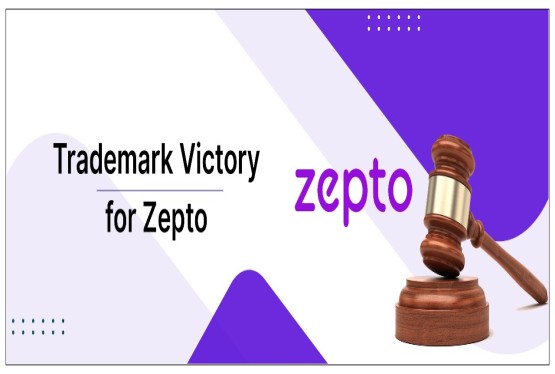




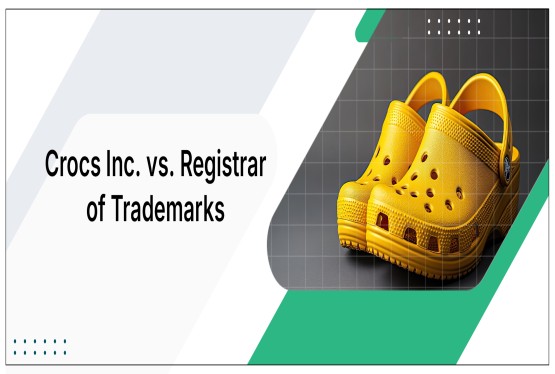















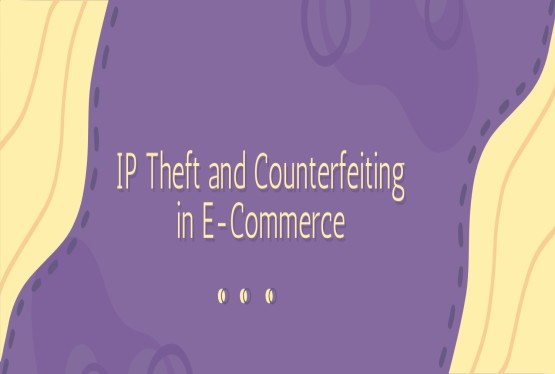












_crop10_thumb.jpg)






